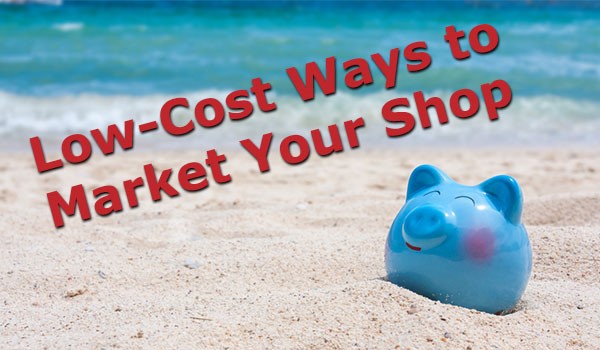AdWords
Look into buying some keywords related consignment, second hand stores, designer consignment, etc. You can target these to people searching for those terms within a geographic radius of your location. On the retail side, you can also target terms that are related to items you’re trying to sell. Some people searching for items may not think to check their local consignment shop. The great thing about AdWords is you can set a daily budget, so you can spend as much or as little as you want – you can start small and increase later. The system manages your budget for you, so you never go over.
Once your campaign is live, make sure the page you send the customer to is relevant to the term they’re searching. For instance, if they’re searching for the search term, “second hand designer purses”, make sure the page they land on lets them know your shop specialize in second-hand designer purses and has lots on-hand for them to choose from, at all times.
ALWAYS, ALWAYS, ALWAYS have a call to action. Put a phone number on your landing page. Google AdWords will also track whether somebody calls you as a result of your advertisement, so you can see if your ads are bringing in new business.
Post a Craigslist Ad
If you’re looking for particular items, post an ad on Craigslist saying “Will pay cash for ______!” or “WANTED: _________! Will Pay $$$”. This is a great way to gain access to items people are selling, that you want.
You can also post your inventory to Craigslist. Not only does this give you access to the people searching for those items locally, it will bring new foot traffic in your door. Keep in mind you’re limited in how often you can post to Craigslist. You can consider purchasing CrossPostit with the Craigslist integration to queue up several items at once, and let the software post them throughout the day for you, so you don’t get flagged.
Sell Your Inventory Online
Having an online presence is an absolute necessity anymore. If you can sell your items online, even better. According to Fortune.com, 108.5 million Americans shopped online during the holidays this year while 99.1 million shopped in stores. For two years now, online shoppers surpassed those who shopped in stores.* E-commerce sales are predicted to hit $414 BILLION by 2018.** This is why you need to be selling online. Before you do so, though, make sure you have a process in place for posting, processing, managing and shipping orders.
Have a Website
Even if it’s a simple site, people want validation that your store is legitimate. There are tools you can use to develop your own website free, or you can hire someone to build out a few pages for you for minimal cost. A couple of categories to consider at a minimum are: Services, Items for Sale, About (Including a little bit about your company, how you got started, why you do what you do, why you’re better than the rest.) Contact (Where you’ll include your address and phone number.) and don’t forget to include your hours of operation. If you have any customer testimonials, you should include those as well.
Sidewalk Sales
A sidewalk sale is a great way to attract walk-up customers. Because inventory is visible from the street, customers are more inclined to stop and shop. Use bright signage and large sale placards to entice potential customers. Antique shops can use empty parking lot spaces to display inventory. Clothing stores can utilize sidewalk space. Make the most of your sidewalk sale by advertising in local publications at least two weeks prior to the event.
Click here for ideas for marketing your shop for free.
